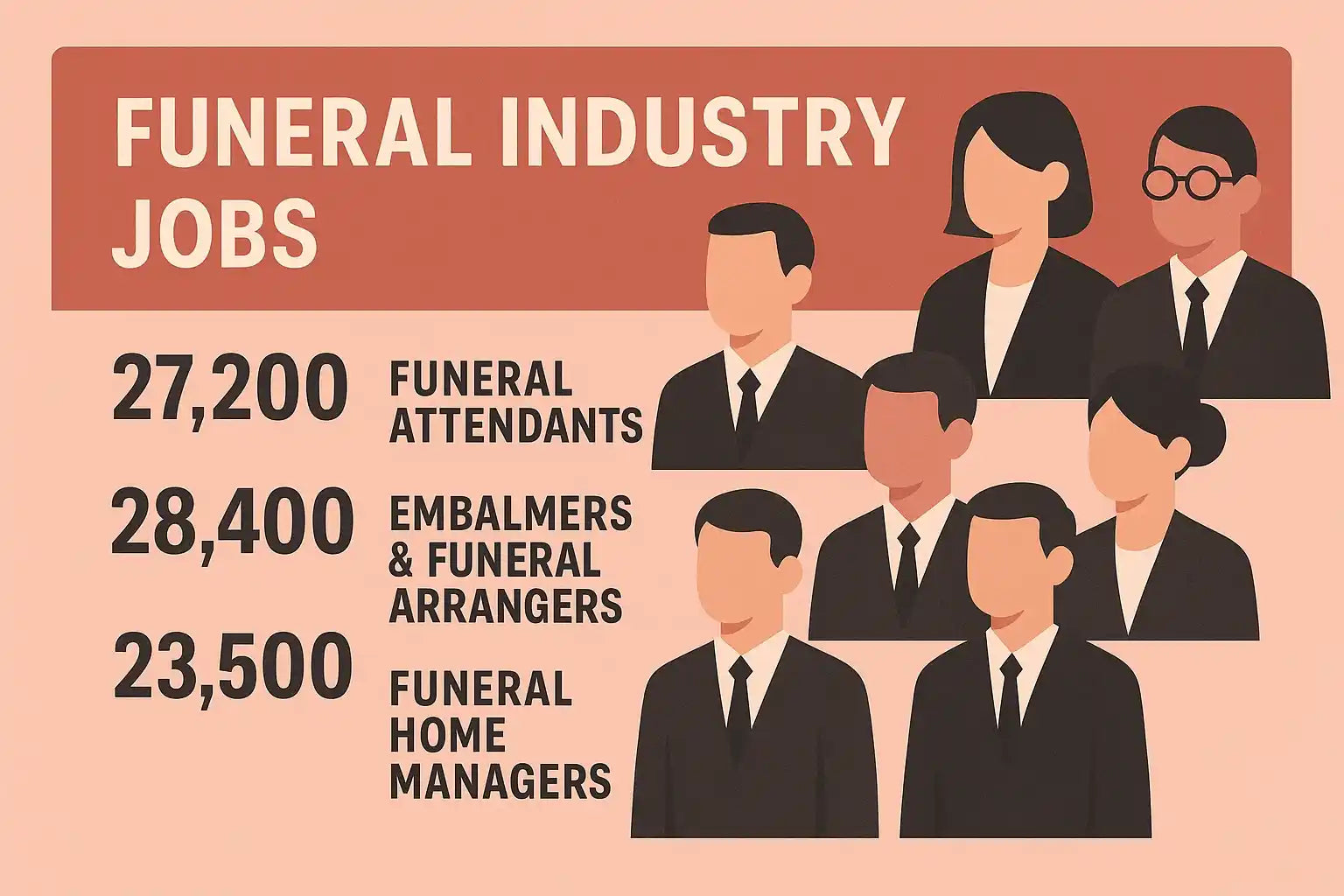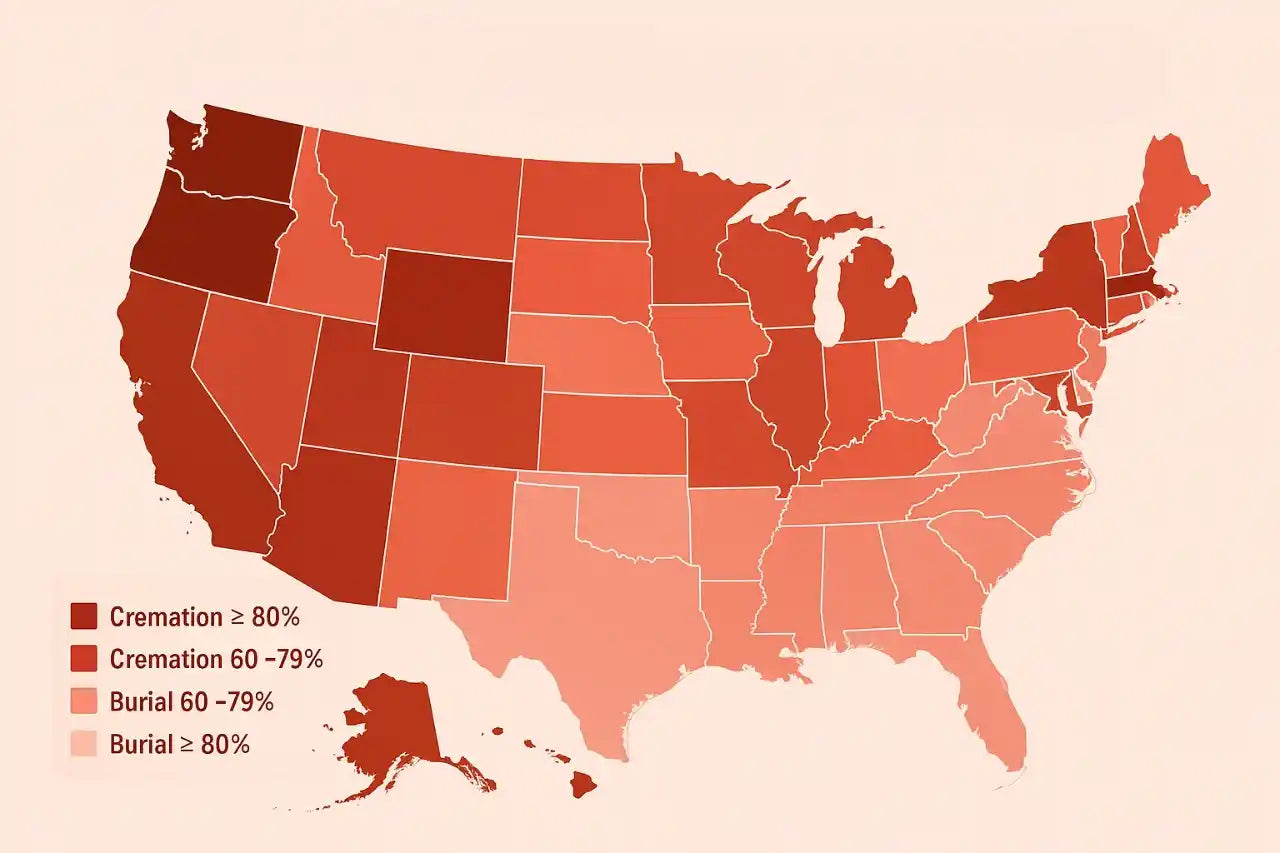Ever wondered why do people put pennies on headstones? Last weekend, I was walking through Arlington National Cemetery when something caught my eye. There, perched on a white marble headstone, sat a neat row of coins – pennies, nickels, dimes, and quarters, each placed with obvious care. Maybe you've seen something similar and wondered what it means.
These aren't forgotten pocket change or random acts of littering. Each coin tells a story, carries a message, and continues a tradition that goes back further than you might think. At Arlington alone, visitors leave thousands of coins each year as silent messages to the fallen and their families.
It's more than just a military custom, though that's where you'll see it most often. From ancient burial practices to modern-day remembrance, these small metal discs speak volumes about love, respect, and the connections that survive even death. Some families find comfort in discovering these small tokens, knowing others still remember their loved ones. Others use coins to say "I was here" without disturbing the peace of the grounds.
Let me share with you what these coins really mean, and why this simple gesture has become such a powerful way to honor those who've passed.

Historical Origins
The question of why do people put pennies on headstones has fascinating historical roots. The story goes back way further than you might expect – all the way to ancient Greece. Back then, people believed in a ferryman named Charon who carried souls across the rivers of the underworld.
The catch? He didn't work for free. Greeks would place coins on the deceased's mouth or eyes, usually an obol (a small silver coin), as a fare for Charon's ferry service. They called this "Charon's obol," and they took it pretty seriously – nobody wanted their loved one's soul stranded on the wrong side of the river Styx!
The Romans picked up this tradition but gave it their own spin. Roman soldiers started leaving coins on the graves of their fallen comrades as a symbol of respect and remembrance. It wasn't about paying any ferryman anymore – it was about honoring bonds formed in battle.
Fast forward to the Vietnam War era, and this ancient custom got a modern American makeover. During this complicated time in U.S. history, leaving coins became a quiet way to send messages to the families of fallen soldiers.
It was especially meaningful because the Vietnam War had created such division in society – these small tokens showed that, whatever people thought about the war, they still respected the sacrifices of those who served.
The practice stuck around and evolved. Today, you'll find coins on military graves across America, each denomination carrying its own special meaning. It's pretty amazing how a tradition that started with ancient Greek mythology has transformed into a modern way of saying "I remember" and "thank you."

The Military Connection
Understanding why people put pennies on headstones in military cemeteries reveals a special code. In today's military community, those coins you spot on headstones aren't random – they're part of a detailed code that tells you exactly how the visitor knew the service member. Think of it as a silent conversation between the living and the departed, each coin denomination carrying its own special message.
Here's what each coin means:
A penny says "I stopped by to pay my respects." It's the most common coin you'll see, left by visitors who want to show gratitude for a veteran's service. You don't need to have known the person – it's simply a way to say "thank you for your service."
A nickel tells a more personal story. It means the visitor and the deceased trained together at boot camp or attended military school together. These coins often bring back memories of those tough early days that forge lifelong bonds.
Finding a dime means something even more significant – the visitor and the deceased served together in some capacity. Maybe they were in the same unit or deployed together. It's a symbol of shared experiences that only fellow service members can truly understand.
A quarter holds the deepest meaning of all. It tells the world that the visitor was present when the service member died. These are often the most emotional tributes, left by those who carry the weight of final moments.
But there's more to this tradition. You might also spot challenge coins – special military medallions that represent specific units or achievements. These are particularly meaningful because they're not just pocket change, they're personal tokens that veterans carry and exchange. Finding a challenge coin on a grave means the visitor shared a deep connection with the deceased through their military service.
Cemetery staff regularly collect these coins. The money often goes toward cemetery maintenance or to help cover burial costs for veterans in need. It's a beautiful cycle of giving back that keeps this tradition alive and meaningful.
Beyond Military Traditions
While many ask why do people put pennies on headstones in military contexts, this practice has spread far beyond military cemeteries. Families and friends of civilians have adopted this touching tradition, giving it their own meaningful twist.
Different cultures have their own unique ways of remembering loved ones. For instance, in Jewish tradition, visitors leave small stones rather than coins on graves. It's their way of saying "I remember you" and showing that the deceased's memory continues to live on. The stones are more permanent than flowers and symbolize the lasting nature of memory.
Today, you might find coins on all sorts of graves, each telling its own story. Some families have created their own coin codes – maybe a penny for a first visit, a nickel for a birthday remembrance, or a quarter for an anniversary. It's become a way for people to communicate with others who visit the grave, showing that their loved one isn't forgotten.
Cemetery staff have adapted to these practices too. Many now have specific policies about collecting and using these offerings. Some cemeteries donate the coins to charity, while others use them for grounds maintenance. But they're always careful to respect the tradition, usually waiting a reasonable time before collecting the coins.
The beauty of this practice is how it's evolved naturally, allowing anyone to participate in their own way while maintaining the respectful spirit of remembrance that started it all.
The Impact and Significance
The reasons why people put pennies on headstones often touch deeply personal emotions. For families who've lost a service member, finding coins on their loved one's grave can bring unexpected comfort. It's tangible proof that their loved one isn't forgotten, that others still remember and care. Some family members report visiting graves just to see if new coins have appeared, each one a small reminder that their loss matters to others.
For veterans who leave these coins, it's often part of their healing journey. Many describe the practice as therapeutic – a way to maintain connections with fallen comrades and process their own experiences. It's particularly meaningful for Vietnam veterans, who sometimes struggled to find public ways to honor their fallen friends during a controversial era.
The impact extends beyond individual grief and remembrance. Cemetery visitors, especially children, often ask about the coins they spot, creating natural opportunities for learning about service, sacrifice, and the cost of freedom. These conversations help keep military history alive and personal.
For the wider military community, these coins have become a silent language of solidarity. When active service members visit military cemeteries, seeing coins left by others reminds them they're part of an unbroken chain of service and sacrifice. It's especially powerful during holidays like Memorial Day, when coins seem to multiply overnight, creating visible proof of how many people still care and remember.
The tradition has even helped bridge generational gaps. Young service members often learn about the coin custom from older veterans, creating connections between different eras of military service. It's become a way to pass down military values and traditions, ensuring that the practice – and the memories it preserves – will continue.

Practical Considerations
If you're interested in why people put pennies on headstones and want to participate in this tradition, there are some practical things to keep in mind. Different cemeteries have different rules about leaving items on graves, including coins. National cemeteries like Arlington have specific policies about what can be left and for how long.
Most military cemeteries collect coins regularly – usually monthly or quarterly. Don't worry, they're put to good use. The money often goes toward cemetery maintenance or helps cover burial costs for veterans who can't afford them. Some cemeteries even use the funds to support veteran outreach programs.
Weather can affect coins too. In areas with harsh weather, coins might tarnish or get displaced by wind and rain. That's why some visitors choose to place their coins in protected spots on the headstone rather than just on top. If you're leaving a special coin, like a challenge coin, consider placing it during dry weather.
Many cemeteries have started providing designated collection periods, usually posting notices about when coins will be gathered. This helps families know when to expect removal while ensuring the grounds stay well-maintained. Some even keep records of coins collected, treating them as part of their historical documentation.
Remember, the goal is to show respect while helping maintain these sacred spaces for everyone who visits. A little attention to these practical details helps preserve this meaningful tradition for future generations.
Conclusion
Understanding why people put pennies on headstones reveals how small gestures can carry deep meaning. Whether you're honoring a veteran, remembering a loved one, or simply paying respects, these tiny tokens create lasting connections between the past and present.
At Signature Headstones, we've seen countless families find comfort in these traditions. As we help families create lasting memorials, we're reminded that headstones aren't just markers – they're gathering places for memories and tributes. If you're considering a memorial that honors these meaningful customs, our team understands the importance of designing headstones that accommodate these traditions.
Remember, every penny tells a story. Every visit matters. And every act of remembrance helps keep memories alive for generations to come.


